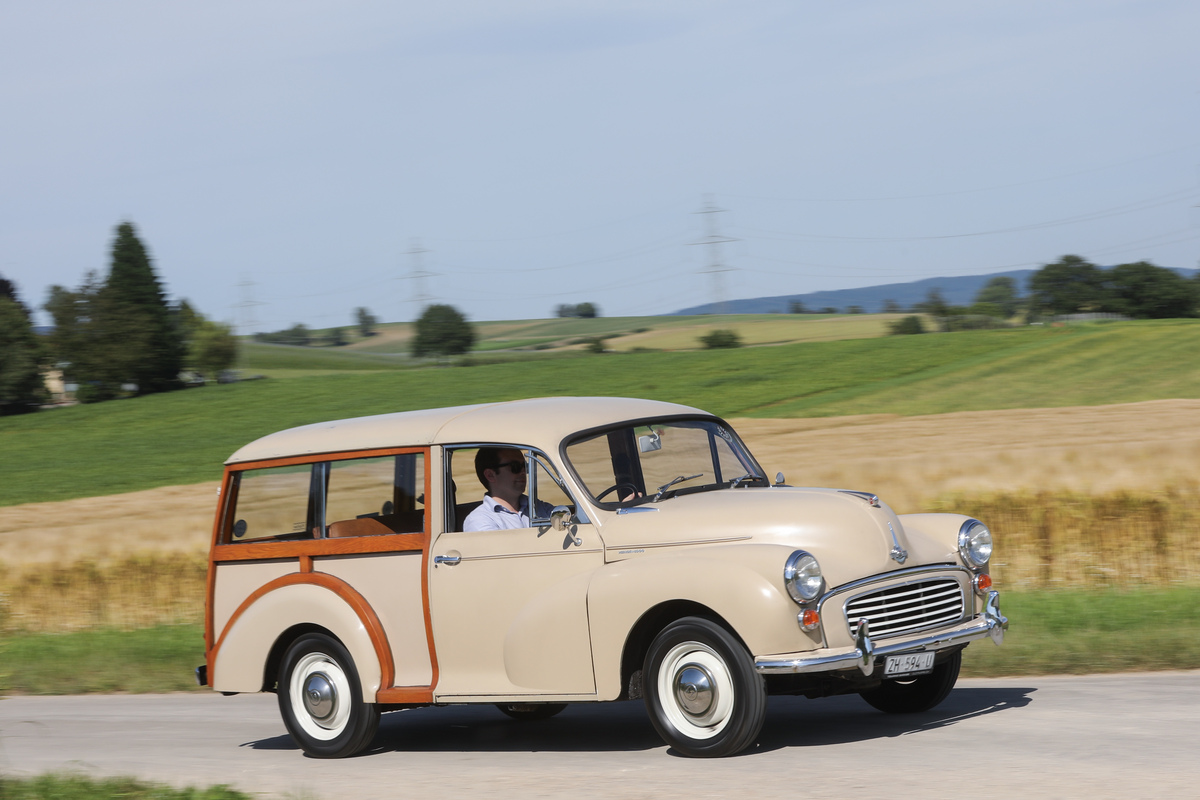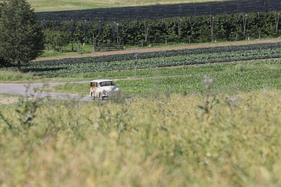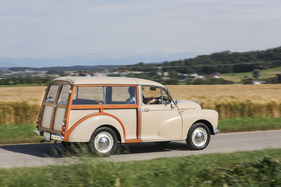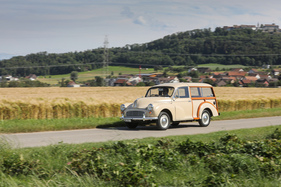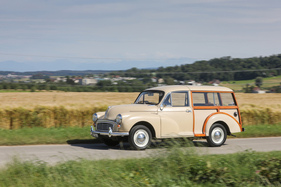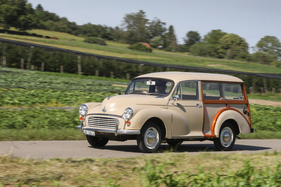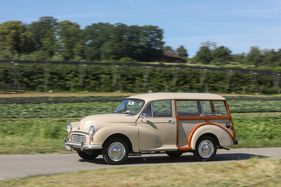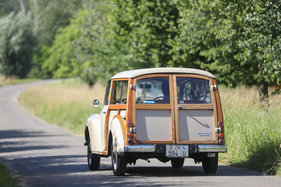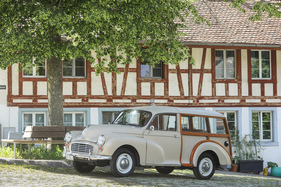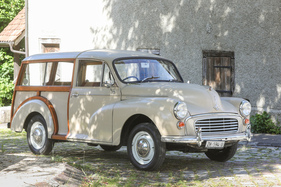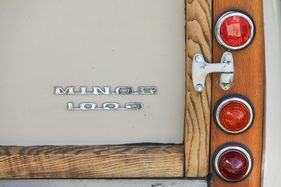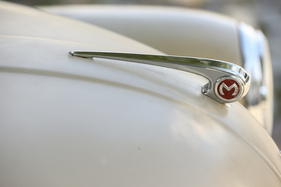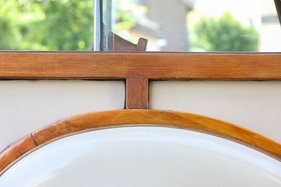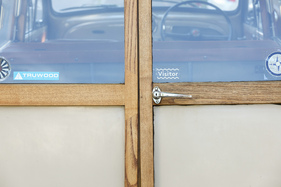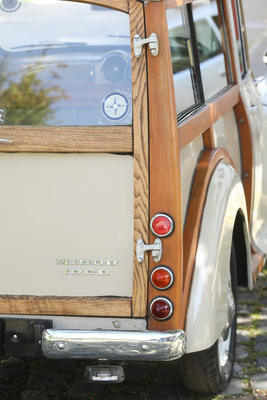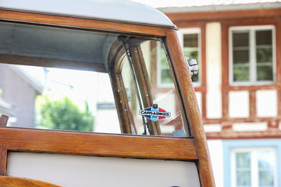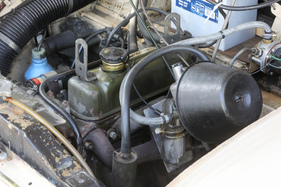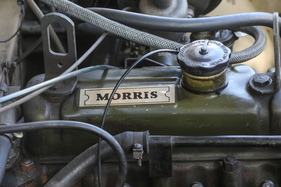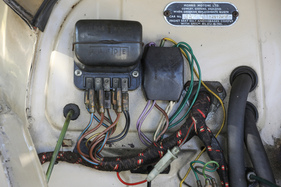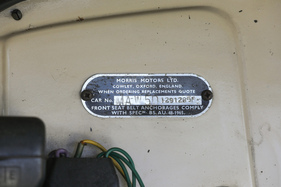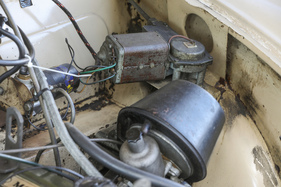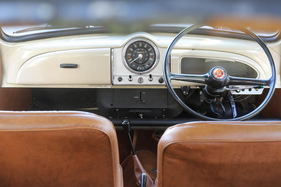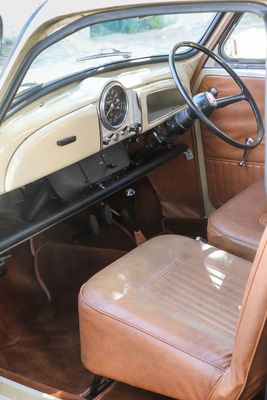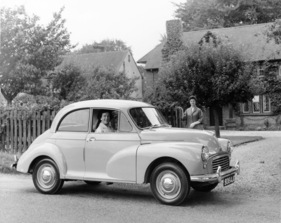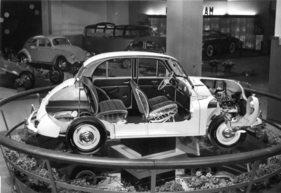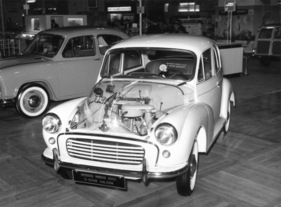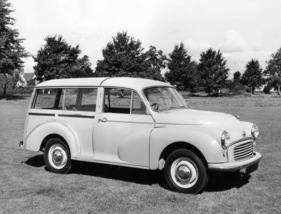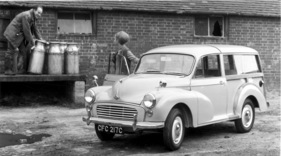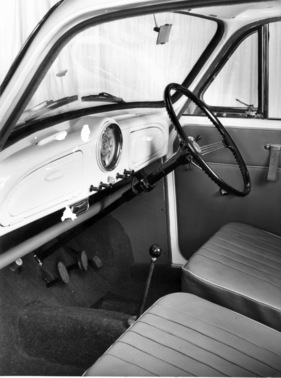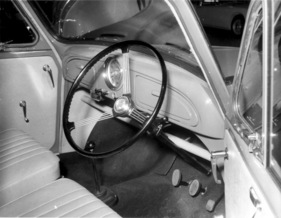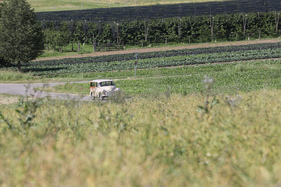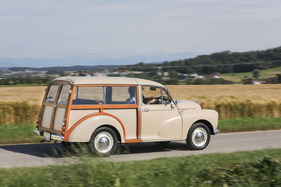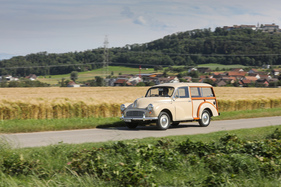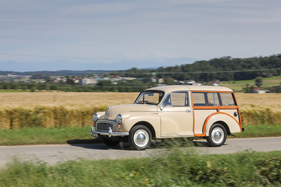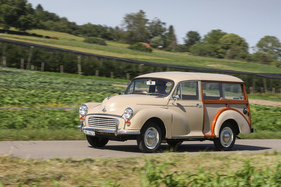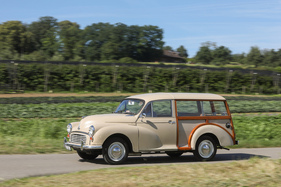Morris Minor 1000 Traveller - On the road with the wooden class
Summary
It lasted until April 1971, the last Woody Wagon in automotive history. As the estate version of the first million-seller "from the island", the Traveller made a significant contribution to the success of the Morris Minor, accounting for almost a quarter of the total. But anyone who only expects it to serve as a fun Sunday classic today is underestimating the Brit. Because it is also a thoroughly practical everyday car with charming added value.
This article contains the following chapters
- Special ingredients
- First lesson in automotive engineering
- Wood lives on
- The real added value
Estimated reading time: 7min
Preview (beginning of the article)
Was that just a creak in the woodwork? Or is it just the strange feeling of being on the road in a car that is based on similar construction principles as a half-timbered house? Those who are used to pre-war cars may smile wearily. In most cases, you sit on wood, from the floorboard to the seat frame, and are surrounded by plenty of wood under the body panels. But if you imagine a car from the early 1970s - in the same displacement class between 1000 and 1100 cubic centimetres, for example, the first Citroën GS arrived in dealer showrooms in 1971 - then this Morris Minor Traveller is a very striking anachronism. And it wasn't even the only one with this feature back then. The Citroën 2CV, for example, also introduced to the world in 1948, was just entering its second heyday in 1971 with new engines. But it didn't have any wood on the outside.
Continue reading this article for free?
Photos of this article

